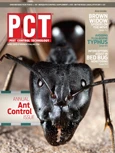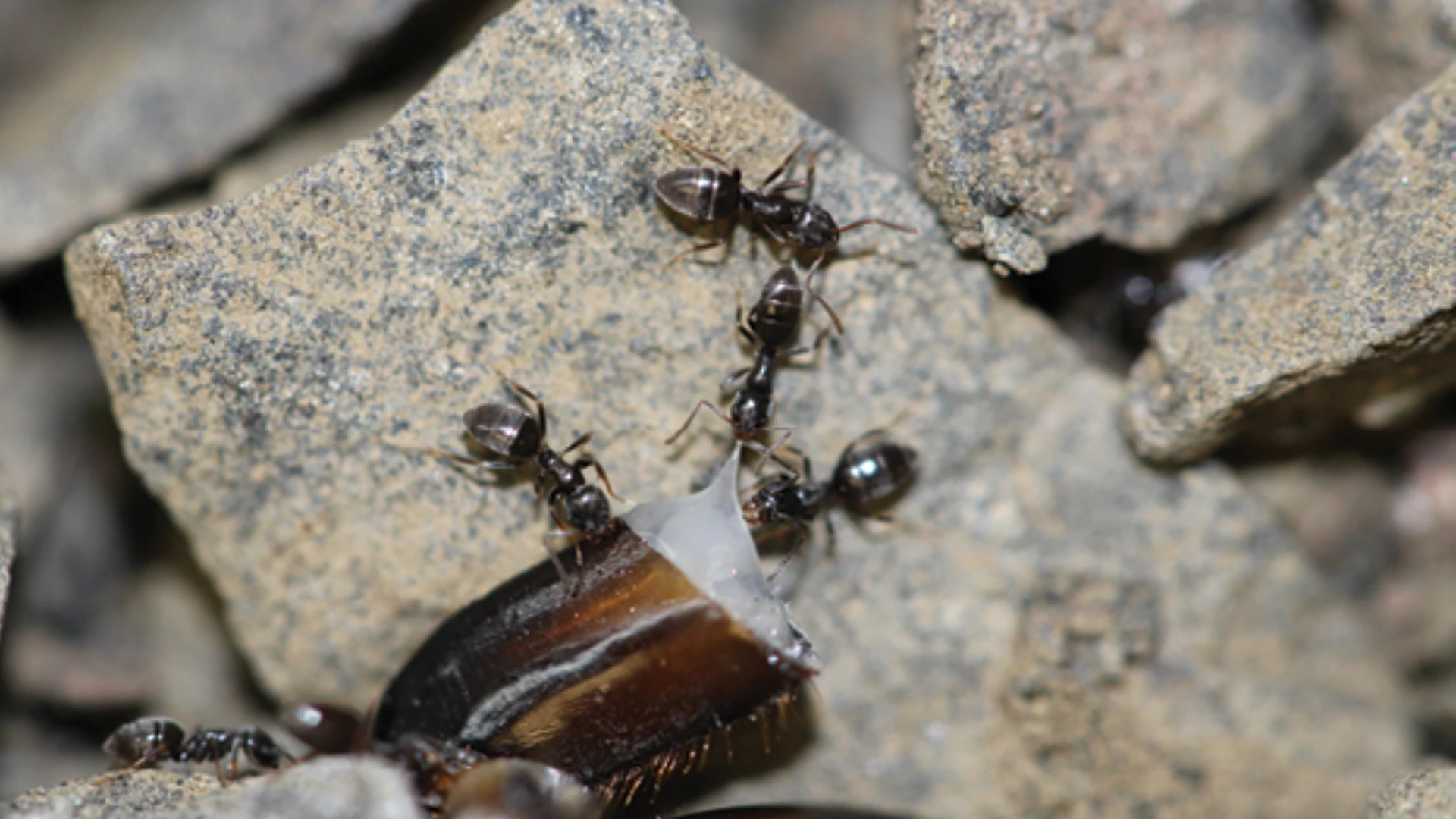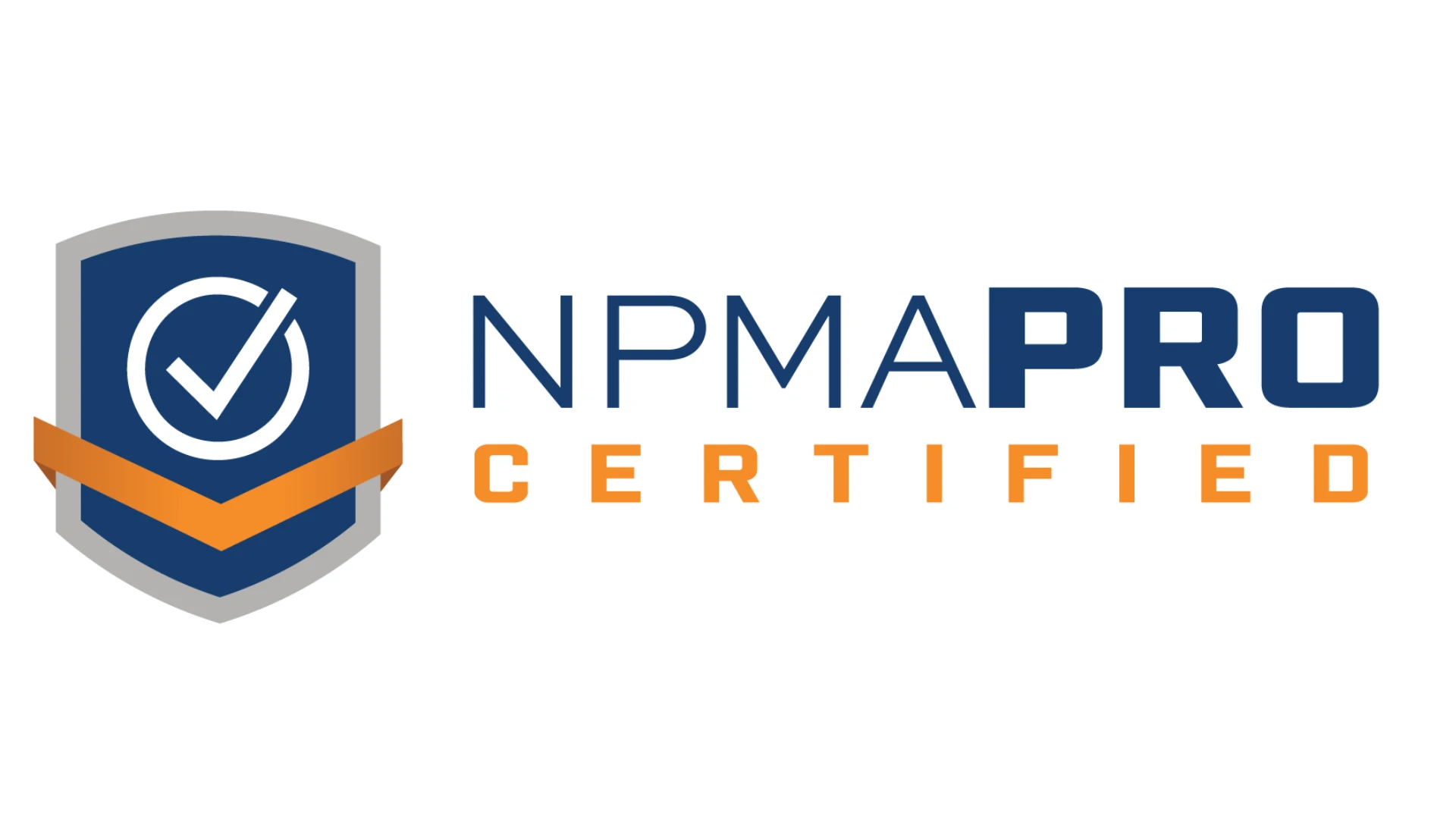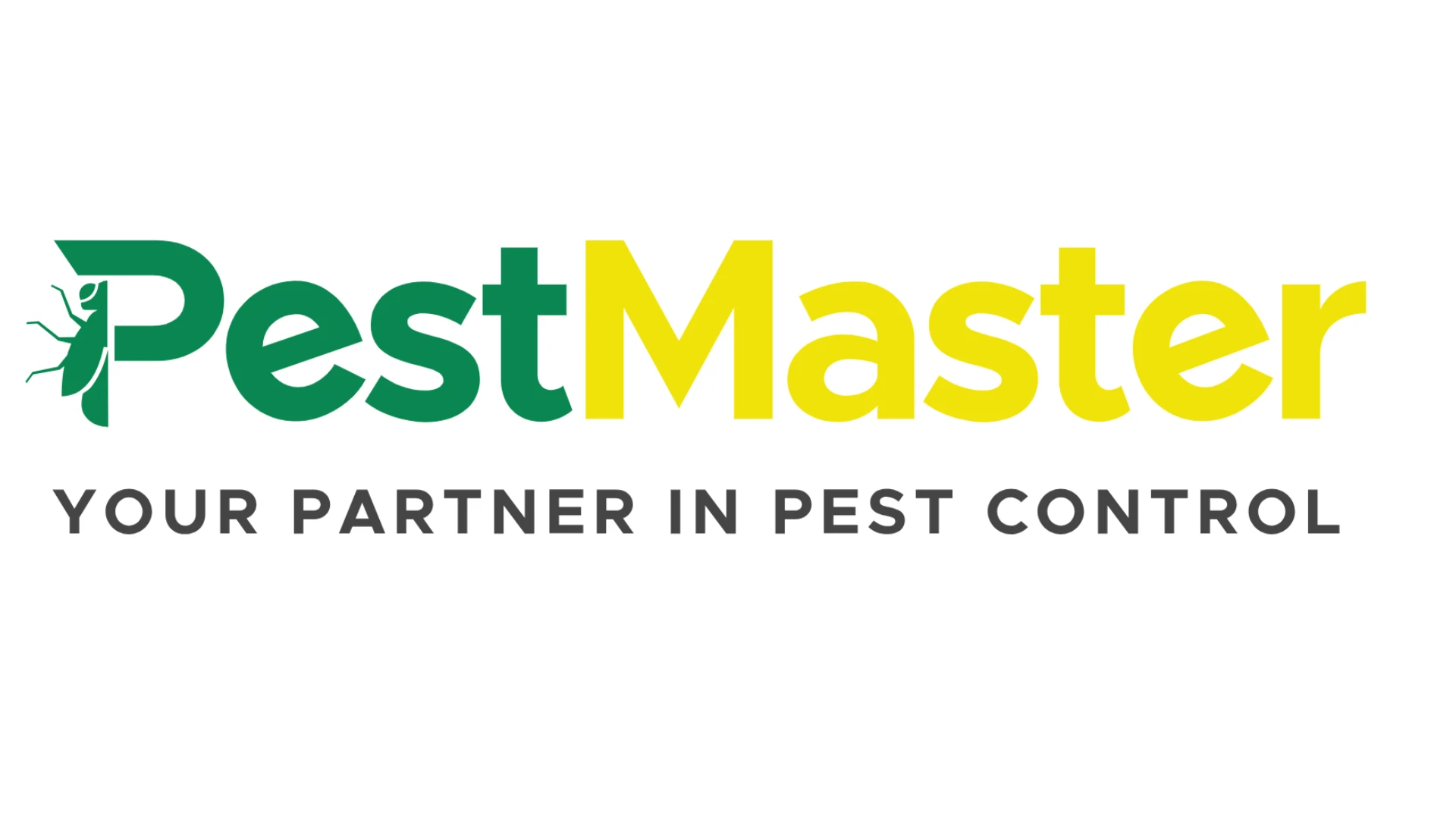Flea-borne typhus sounds like a disease confined within the borders of developing nations, not an illness occurring with increasing frequency across the United States. With the advent of widespread use of topical flea control products for pets, the number of flea jobs has dropped dramatically, but the incidence of flea-borne typhus has increased.
Numerous publications identify pest management professionals and wildlife management professionals as having a higher-than-average risk of acquiring flea-borne typhus. Interviews with public health professionals in California and Texas found that over the last 20 years, not a single person with a case of typhus listed pest (or wildlife) management professional as their profession. This could account for the fact that the majority of professionals don’t know how typhus is transmitted. Any activities that put a technician in contact with cat fleas (Ctenocephalides felis) present the greatest opportunity for acquiring typhus. These activities include performing flea treatments, trapping backyard wildlife such as raccoons, opossums, feral cats and rats, and dead animal removal. In endemic flea-borne typhus areas, all flea or wildlife removal jobs should be considered potentially dangerous, and a thorough understanding of typhus transmission cycles is needed so proper personal protection measures can be taken to reduce the likelihood of infection.
TRANSMISSION CYCLE. Two distinct flea-borne typhus transmission cycles exist in the United States. These cycles are commonly confused in educational materials, and Internet searches often present conflicting information. As with almost all vector-borne diseases, an insect acquires an infectious agent from a reservoir host and vectors it to humans. In the classic, or urban flea-borne typhus transmission cycle, Norway rats are the reservoir host and their flea, Xenopsylla cheopsis, vectors the bacteria Rickettsia typhi to humans.
*******
Protect Yourself
at Your Accounts
Apply a registered insect repellant (like DEET) to long sleeve pants and shirts.
Wear eye protection and an N95 respirator.
Cover all open wounds with bandages.
Bag and launder uniforms.
Shower after completing work for the day.
********
Infection with R. typhi is refered to as murine, or endemic typhus. In the 1940s, the United States Public Health Service launched a successful campaign against this transmission cycle through the control of rodents and their fleas, using extensive trapping and DDT. Prior to this control effort, thousands of cases of murine typhus were reported in the United States each year. The incidence of murine typhus in the United States dropped dramatically following this campaign.
In Southern California and Texas, a new disease transmission cycle was identified in the late 1950s when public health officials noted typhus cases occurring in areas without Norway rats and their fleas. Further investigations uncovered the suburban typhus transmission cycle; the cat flea, C. felis, vectors the bacteria Rickettsia felis. R. felis has been detected in many countries, primarily in association with C. felis parasitizing cats, dogs or opossums. The presence of R. felis in cats or opossums is rarely detected; therefore, a natural reservoir for R. felis is not known. Fleas can migrate from feral cats and opossums onto family pets and their owners, and if these fleas are infected with R. felis, they can potentially infect humans and their pets. Similar to the agent of Rocky Mountain Spotted Fever that is vertically maintained in ticks, cat fleas are known to pass R. felis to their offspring via transovarial transmission. Transovarial transmission of rickettsiae allows flea populations to remain infected for many generations in the absence of a reservoir host.
If you consider the population of opossums and feral cats around the United States, it would seem that more people should be infected with typhus than are reported to public health agencies each year. A reason why so few typhus cases occur is due to the mode of transmission. A flea bite is not sufficient to vector flea-borne typhus. Rather, humans become infected when they itch flea feces containing Rickettsia into the bite wound or other fresh skin wounds. Remember the saying, “You are only a scratch away from an infection.” Typhus also can be transmitted though the inhalation of flea feces, or the entry of flea feces into the mucosal lining of the eyes or stomach. Anyone who has seen a cat or dog infested with fleas, knows that flea feces accumulate in an animal’s fur, so it’s not difficult to imagine that a person petting their flea-infested pet could inhale the feces. The primary mode of transmission is assumed to be itching of flea feces into skin wounds, although less than 30 percent of typhus patients remember having a flea bite.
*******
Handling a Flea Emergency
Inside the Home
Locate heavily infested areas and concentrate efforts on these areas.
Wash throw rugs and the pet’s bedding.
Vacuum upholstered furniture.
Remove and vacuum under cushions and in cracks and crevices of furniture.
Vacuum carpets, especially beneath furniture and in areas frequented by pets. Use a hand sprayer to treat all carpets with an insecticide that contains an insect growth regulator.
Allow carpet to dry and vacuum a second time to remove additional fleas that were induced to emerge.
Continue to vacuum for 10 days to two weeks to kill adult fleas that continue to emerge from pupal cocoons.
On the Pet
Use a spot-on treatment, which can be purchased in pet stores or from veterinarians, or a systemic oral treatment, which is available from vets only.
Outside the Home
Sprays are only necessary outdoors if you detect lots of fleas.
Concentrate treatment in these areas with a spray containing a residual insecticide and the insect growth regulator pyriproxyfen.
Open areas to sunlight by removing low-hanging vegetation.
********
SYMPTOMS. Ten to 14 days after becoming infected with rickettsiae, a person will begin to experience a wide range of symptoms including a sustained high fever, chills, body pains, nausea, vomiting, aversion to light, severe headache, and almost half will develop a rash that starts from the center of the body and spreads to the limbs. Typhus patients often report the pain caused by the illness was terrible and describe it with statements like “worse than childbirth” and “I wouldn’t wish it on my worst enemy.” Cases occur throughout the year, and do not seem to follow flea activity patterns.
Typhus is not transmitted person to person, but multiple cases often occur in the same residence. Due to the difficulty in the diagnosis of typhus, a majority of cases will require hospitalization to receive appropriate antibiotic treatment. When appropriate treatment is given, flea-borne typhus is rarely fatal, with less than four percent of those hospitalized dying. For an extensive list of symptoms and treatment, refer to www.cdc.gov and search for typhus.
In Southern California, ecologic investigations conducted around case exposure sites by the Orange County Vector Control District indicate that more than 90 percent of cases have a flea-infested pet who has access to both the inside of the home and yard. In 85 percent of case patient backyards, investigations yielded opossum activity. Opossums collected from backyards of cases regularly have flea indices in excess of 300 C. felis per animal. In one instance, eleven opossums were captured from a single yard. A backyard frequented by more than one opossum (or raccoon, or feral cat) would have continuous reintroduction of fleas. In these situations, public health professionals refer typhus patients to PCOs for treatment of flea infestations inside and outside the home and removal of backyard wildlife.
PROTECTION AND CONTROL. Since typhus is spread primarily though the rubbing of infective flea feces into skin wounds, technicians must protect themselves from flea bites, and from bringing fleas into their living and or work space. Long-sleeve pants and shirts treated with an approved insect repellant (like DEET) should be worn on every flea job or animal removal. All skin wounds should be covered by bandages and an N95 respirator and eye goggles should be worn when treating fleas inside homes or crawlspaces, and when trapping or removing animals from the property. Work clothing should be stored in plastic bags once removed, prior to laundering at the end of each work day. Remember that fleas will leave an animal once it has died or if the animal is weak or displaying signs of stress. When responding to a dead animal removal, be aware that hundreds of fleas may be host seeking in the area.
Although topical flea control products for pets still is recommended for controlling flea infestations inside and outside the home, the majority of typhus patients will seek help from PCOs to control fleas and backyard wildlife in their yard and home. In these situations, persons should be advised to remove opossum and rodent harborage areas, trim fruit trees and remove fallen fruit, and to continue to apply topical flea control to their pets year round. If there are no pets on the property, a residual insecticide spray applied according to label directions in shaded, moist areas of the yard may be necessary.
Each year, cases of flea-borne typhus are reported in new geographic areas in the United States. Check with the local health department or vector control district to determine if cases occur in the area where pest management or wildlife management activities are conducted. Even though the number of flea control jobs has decreased, flea-borne typhus prevention and protection should be included in workplace training programs since PCOs are considered to have a greater-than-average exposure to this disease in the workplace.
The author is assistant vector ecologist with the Orange County Vector Control District in Garden Grove, Calif. She can be reached at lkrueger@giemedia.com.

Explore the April 2009 Issue
Check out more from this issue and find your next story to read.
Latest from Pest Control Technology
- Target Specialty Products Expands Sales Leadership Team
- Mosquito Joe Promotes David Price to Vice President of Strategic Growth
- Abell Pest Control Recognized as One of Canada’s Best Workplaces in 2025
- Scorpion Launches Capacity Marketing Engine
- Petti Pest Control Owners Reflect on Finding Success as a Father-Son Duo
- Effective Mitigation of Crow Infestations
- Mosquito Control: Spraying vs. IPM
- Terminix Service's Leaders Inducted into South Carolina Business Hall of Fame





